How a Company Applied a Masterstroke in Breaking Boundaries
Like the sands in the hourglass, so are the days of our lives. As we watch the sand traverse from one end to the other in this downpour of digital transformation, a silent yet pivotal revolution is taking shape—a fusion of personal data and AI that is set to radically transform how we engage with the world. Staged at the very edge of this technological renaissance, we witness the bold visionaries who forge the enigmatic tools of a new era. We don’t see the currents underneath their shiny, crisply designed vessels of convenience. Among these avant-garde architects, Apple Inc. stakes its claim, transcending its reputation as a mere creator of elegant devices to become a cornerstone of a new era where the interplay of data and AI expands far beyond the bounds of a display to integrate itself into the very essence of our everyday existence.
"Every breath you take. Every move you make. Every bond you break. Every step you take. I'll be watching you."
Now I know the police receive mixed signals these days and I know Sting is far out there, but do you think he's back from the future and the song was about this day and age? What if The Police knew this was going to happen all that time ago and tried to warn us the only way they knew how? Deep thoughts aside, we are on the cusp of a significant transformation that we can almost touch.
We see Apple as this colossal trillion-dollar horse striding across the landscape of consumer electronics, amassing a repertoire of abilities that sets it with the capability to assert command over domains of personal data and AI. Yet, this expansion begs critical contemplation on the societal implications of nurturing such a leviathan on a diet of our most personal digital imprints. What nuances of possibility and peril may emerge for humanity's collective psyche in this equation?
With the spark of curiosity, we investigate the possible futures painted by these technological leaps. Will our tools of tomorrow act as harbingers of enlightenment, beaconing us toward an existence that is both connected and informed? Or will they cast long shadows where the demarcation between private sanctity and the public sphere, self-direction, and algorithmic influence becomes worryingly faint? Such questions hang suspended, tangible, and vibrant as the electric anticipation that precedes the grand unveilings on the glistening stages of the tech world.
To comprehend the full breadth of this unfolding tale, we have to plunge deep into the depths. Picture a reality wherein your every action and preference is not merely observed but foreseen by an intricate network of communicative devices—subtle and interwoven as though exchanging whispered confidences about your very being. Far from a far-flung dystopian prediction, this scenario is the present masterpiece under meticulous curation by visionaries like Apple. Behind the curtain, these innovators orchestrate a symphony where data and AI meld in harmony to craft bespoke user experiences and unimagined insight.
This paper explores how Apple combines biometric data and Ultra-Wideband (UWB) technology to develop new products. We'll explore what sets Apple apart from competitors and how it's shaping the future of personal data and AI. We'll consider the balance between user experience and data privacy, as well as the broader implications of our reliance on technology.
Let's take the first step into the next phase of our journey—an examination of Apple's distinctive forays into biometric data and Ultra-Wideband technology, venturing further into an analysis of how Apple's patented advances shape the user's interaction with technology in both the physical space and the digital expanse. However, let's first look at some of the challenges and roadblocks that will create friction in this large-scale endeavor.
The Top Articles of the Week
100% Humanly Curated Collection of Curious Content
A Legal Reckoning: The Antitrust Allegations

As Apple strides forward in creating a meticulously interconnected and highly intimate digital ecosystem, it must navigate an array of formidable obstacles, not least of which are the tall ramparts of legal scrutiny. In an ironic twist, the very prowess and innovation that have elevated Apple to its market-commanding apex now draw the focused gaze of antitrust regulators, intent on prying open the one-way glass of its famed walled garden.
With the revelation of antitrust allegations outlined in a recent lawsuit, Apple’s narrative acquires a dramatic complexity—a counterpoint that punctuates its symphony of advancements with cautionary interludes. The alleged "anticompetitive behaviors," which center on the exclusive premise of the App Store and the purported throttling of competition, suggest that the same focus on creating a consistent user experience has led to what some argue is a monopolistic stranglehold on services and software distribution for iOS devices.
This confrontation with regulatory bodies tests Apple’s resilience and could potentially redefine parameters along which the tech giant operates. The outcomes of this clash not only promise headline-worthy corporate drama but also hold substantial implications for the diversity and democratization of software ecosystems and, by extension, complete industries that operate under the thrall of the digital giants. To offset a possible dent in its dominance, Apple may need to reassess its strategic stronghold, to introduce a metamorphosis of its walled garden into a more varied orchard, accessible to a broader cadre of developers and entrepreneurs.
As the details of the case develop, they raise doubts about Apple's previously unchallenged success. If the law forces Apple to open up its exclusive practices, the company could become vulnerable and may need to rethink parts of its business model to stay competitive in the fast-paced tech market.
The lesson here is about being agile. If Apple must adjust to new circumstances, its ability to change with different legal conditions will be key to maintaining its reputation as an innovator. These legal challenges will test and improve Apple's business skills, ensuring that the company's goals align with legal and ethical standards. This strategic shift is timely, meeting the fast-growing expectations of consumers who want more say in the market.
The unfurling of this legal saga will no doubt influence the writing of the next chapters in Apple's storied ascent. As observers and participants in this techno-centric age, our watchfulness is crucial, for the outcome of this battle carries the potential to reshape the very relationship we have with our digital companions.
Apple's Innovations in Biometric Data and UWB
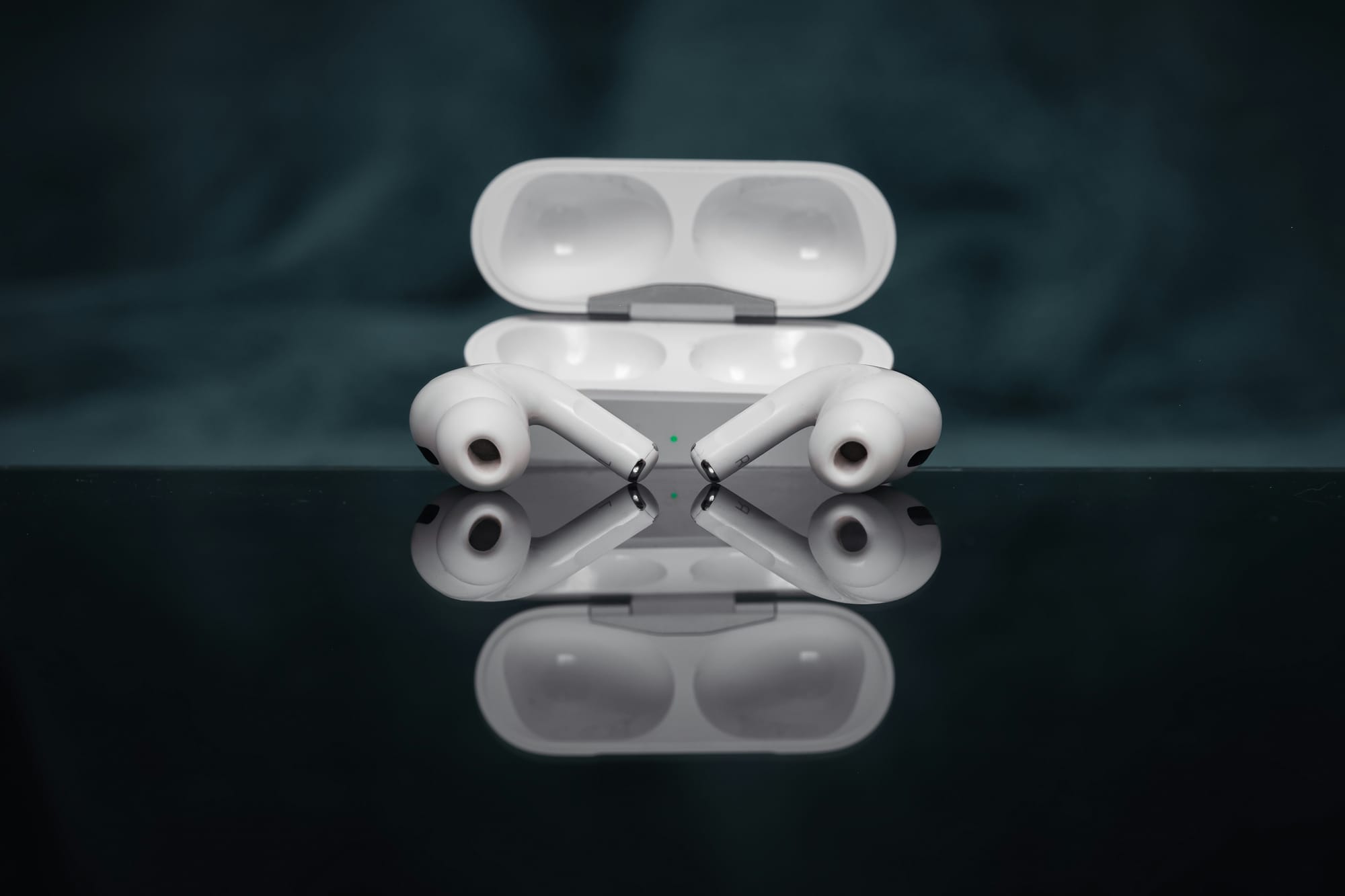
In the relentless march of digital progress, Apple consistently stands at the vanguard, trailblazing pathways that redefine the user experience through technological innovation. By elegantly harnessing biometric data, Apple has not just raised the bar for personal security and accessibility but has profoundly shifted our engagement with our devices. By integrating Touch ID, followed by Face ID, and the most significant addition of AirPods, Apple transformed a novel concept into an everyday convenience that prioritized user security wrapped in simplicity, rendering the tech-savvy and novice alike bewildered by its intuitive design.
As its journey of integration marches onward, Apple embraced the transformative potential of Ultra-wideband technology—a leap in wireless communication that pushes the bounds of spatial connectivity with pinpoint accuracy. UWB is the cornerstone of multifarious advancements that bind devices to our physical world in a manner that was once the province of science fiction—from easing access to your vehicle with nothing more than a knowing look at your smartphone, to winding your way through a grocery store checkout without unbuckling a wallet. UWB isn't just cementing links between devices; it's redefining how they relate contextually to our movements and routines, turning mundane interactions into something much more dynamic and responsive.
In the collateral space between convenience and revolution, Apple introduces UWB-powered outlets—a concept that doesn't merely nudge the bar for connectivity but reshapes it entirely. This patented leap could allow for an environment that adapts to your presence with surreptitious grace, ensuring personalized ambiance and functionality without the need for physical prompts. It's an audacious blueprint by Apple that goes beyond mere functionality or aesthetic, hinting at a seismic transformation in our spatial interactions where environments respond to our very being.
Straying from common industry practices like Facebook's widespread tracking pixel—designed to monitor user activities for targeted ads—Apple's use of Ultra-Wideband technology presents a striking difference. Apple emphasizes a user-centric approach, prioritizing the user experience in physical spaces rather than profiting from data monitoring.
Poised on the cusp of a data-driven initiative with the personal data market teetering on an explosive twenty-fold increase by 2030, Apple's strategy is evident: to be the precursor that sets the compass for this emergent realm. Nestled at the intersection of staunch privacy and cutting-edge UWB and biometric technologies, Apple isn't just positioned to ride the cresting wave of this data surge; it stands ready to command it, merging the trust of consummate privacy with the clout of leadership in innovation—a dual force that may well fortify its vantage point for the coming decades.
As we refine the narrative of cutting-edge user interactions initiated by Apple's seamlessly integrated technologies designed in-house, we anticipate monumental strides of ingenuity that likely lay ahead, illuminating the contours of a technological frontier ripe with incomprehensible potential.
Apple's Emergence as a Leading AI Company
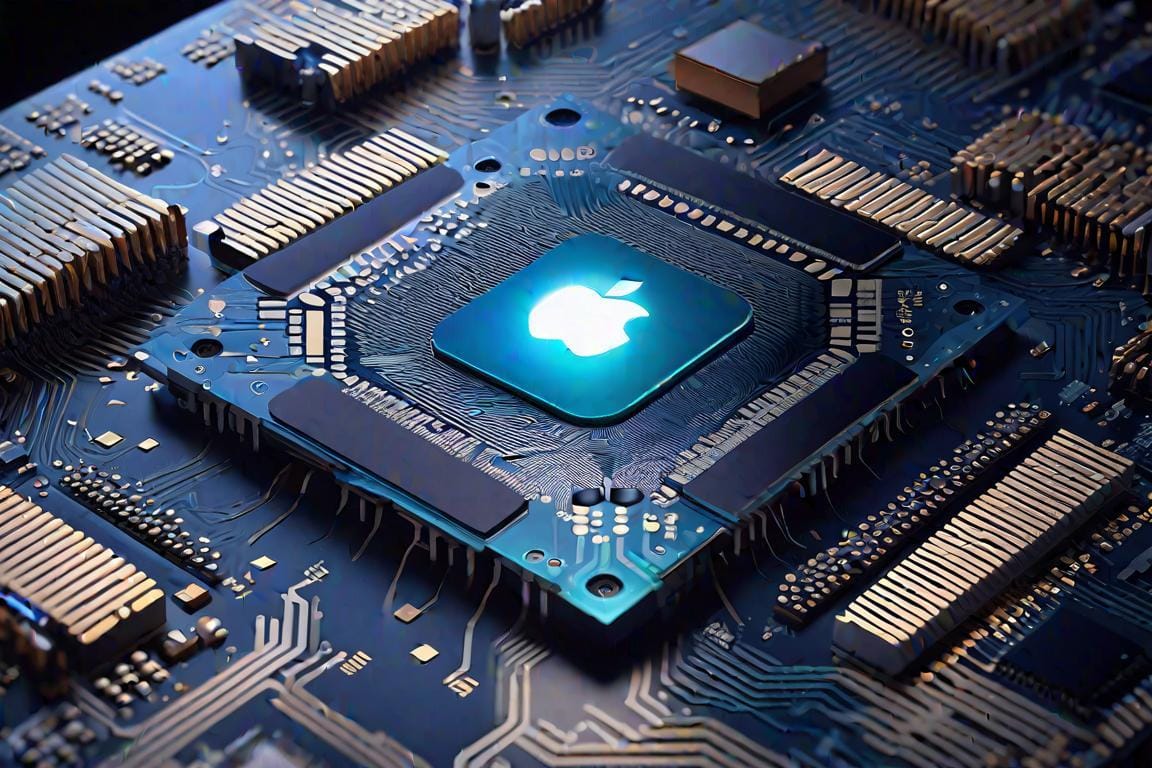
In the grand narrative of technological innovation, Apple's strategic pivot to manufacture its own silicon marked an epochal chapter, like an intrepid explorer venturing beyond the known horizons. This was no mere tactical adjustment in supply chain strategy; it heralded a transformative reimagining of Apple's engagement with artificial intelligence. Fashioning the computational cores – the veritable brains – of their devices in-house, Apple affirmed its sovereignty over the symbiosis of hardware and software, meticulously engineering each element to mutually amplify their potential.
Apple revolutionized technology by creating its own custom chips, which are renowned for their speed, efficiency, and powerful AI capabilities. These chips perform millions of tasks in mere moments and have brought advanced machine learning from remote servers directly to users' personal devices, making AI more accessible and integrated into daily life.
Apple has become a leader in the production and use of UWB technology, reshaping its approach to artificial intelligence and connectivity. By embedding UWB chips into an expanding range of devices, Apple has opened up new possibilities for precise interactions, paving the way for advanced augmented reality and smart home systems that utilize UWB's precise location tracking.
While the tech titans of Google, Amazon, Microsoft, OpenAI, et al., basked in the limelight for their AI triumphs, Apple charted a more introspective course, preferring seamlessness's elegance over spectacle's ostentation. The ingenuity of Siri's nuanced suggestions or the impeccable recognition capabilities of Photos were purposeful threads woven stealthily into the digital fabric of daily life, enhancing it without fanfare.
The Mycelium Network of Apple Devices

Step into the quiet expanse of an old-growth forest, and beneath you, there's a hidden web—the mycelial network entwines with tree roots, forming a natural communication system that allows silent exchanges and mutual support, much like an earthy internet. Drawing inspiration from this living network, Apple has designed a digital ecosystem where devices don't work alone but interconnect seamlessly, mirroring the forest's underground connections. Apple is both independent and part of a larger whole, seamlessly sharing data. This synergy means using one Apple product enhances your experience with others, underscoring the importance of connectivity in shaping both user experiences and Apple's future in AI.
In this meticulously designed landscape, Apple's suite of devices exchange data discreetly, with whispers of technological prowess rather than shouts of innovation, emphasizing harmony and efficiency. The orchestra consists of iPhones, iPads, Macs, and most importantly, AirPods, each one a node maintaining the rhythm of exchange with Ultra-Wideband technology and layers of encryption, akin to a silent conversation between the breeze and the leaves. It's this ensemble that holds a user's digital life seamlessly interconnected — ensuring the music on your Mac fades the moment an iPhone call takes priority or transporting your clipboard’s contents across devices with a flicker of intention.
This metaphorical organism is designed with features that enhance and improve the user experience. Picture your phone as a whispering companion that cues your computer to become alert as you approach or your vehicle to intuitively prepare for your journey before your hand grazes the handle. The interlacing of devices opens a cavalcade of potential: the soft murmur of misplaced items calling to your smartphone, the amalgamation of health data from wearable to phone painting a comprehensive picture of wellness, the home environment gently shifting, responsive to the rhythms of daily existence informed by your own routine.
Nevertheless, this envisioned network's reach travels beyond mere user convenience, bearing profound implications for the future fabric of technology and society at large. The undercurrents of such connective capabilities could sow the seeds for intelligent urban landscapes, tailoring public services and individual experiences to the heartbeat of societal needs, revolutionizing retail spaces with unprecedented personalization, and fostering an education system that dynamically morphs in tune with real-time student interaction.
Apple's pioneering ecosystem—in essence, an homage to nature’s mycelial profundity—signifies more than technical finesse; it heralds a future where our worlds, digital and tangible, coexist with seamless intentionality. As we stand at the precipice of these boundless opportunities, it becomes imperative to exercise a conscientious stewardship of such power. Amidst the allure of incessant innovation, the pillars of privacy, security, and ethical data governance rise as crucial sentinels, demanding our vigilance as we navigate this novel expanse.
Marrying astute technological strides with the intrinsic duty to manage data conscientiously paves the way to the ensuing discourse surrounding Apple's ecosystem. The seamless melding of our digital touchpoints underscores the profundity of our passage into this uncharted era—a testament to innovation's capability to enrich human life, while also urging us to anchor our ethical compass amidst the ever-expanding sea of progress.
A Wise Investment of Your Time
List of YouTube videos that captured my undivided attention.
Rethinking the Orchard of Innovation

As with the fabled Newton's apple that prompted a reimagining of the heavens, so too has Apple Inc.'s technological gravity reshaped our existence. This essay has charted a course through a landscape of innovation, where personal data's interplay with next-generation AI does not merely ripple across our digital ecosystem but rather generates waves that redefine the contours of daily life. Apple's strides in biometric data and Ultra-Wideband technology represent not a mere step but a quantum leap into a future where our physical realities are indivisibly laced with intelligent data streams.
Crafting corridors of connectivity with patented UWB-powered outlets, Apple challenges us to reconsider the notion of spatial internet—a stark juxtaposition to the pixel-centric paradigms of its contemporaries. Apple chooses a long-term approach, aiming to seamlessly integrate their devices into our lives and our digital identities. This sets Apple as a leader, not just a competitor, shaping the future of the personal data market with significant potential by 2030.
Apple's ecosystem of devices is like a mycelium network, representing a complex system of intelligent and interconnected technology. This network offers precise and insightful guidance toward a future with smart living environments, personalized shopping experiences, and various innovations that enhance life. However, amidst these benefits, issues such as privacy concerns, security risks, and the ethical use of data pose significant challenges.
The very interwoven nature of Apple’s ecosystem, as each device donates a narrative of data to the vastness of this network, creates an experience of unrivaled personalization at the expense of unfurling the complex quilt of our privacy more openly than ever before. This swift evolution urges a global colloquy on consent, on the sovereign rights to our intimate digital trails, and privacy redefined under a new societal compact.
Apple's legacy has had a significant impact on shaping current and future technology, with its range of devices influencing the foundation of emerging tech. As we look ahead, we recognize both the positive and negative implications of these advancements. This calls for a serious commitment to discussions that are as thoughtful as they are imaginative. At the intersection of innovation and ethics, it's crucial that policy makers take a strong lead in protecting our personal data responsibly.
In homage to the introductory proposition, the defining brushstroke of Apple's genius transcends its feats of engineering to lay siege on our perceptions of the digital-physical immersivity of our lives. Their pathfinders have set a direction; our steps will determine the trail we forge together. As the narrative of AI and personal data supremacy continues to unfurl, enveloping us all in a cocoon of certainty, we understand that this is not a tale concluding but rather evolving, challenging us to write the subsequent chapters with care, consideration, and a conscious tap on the enduring effects of technology's boundless bounty.

Don't forget to check out the weekly roundup: It's Worth A Fortune!

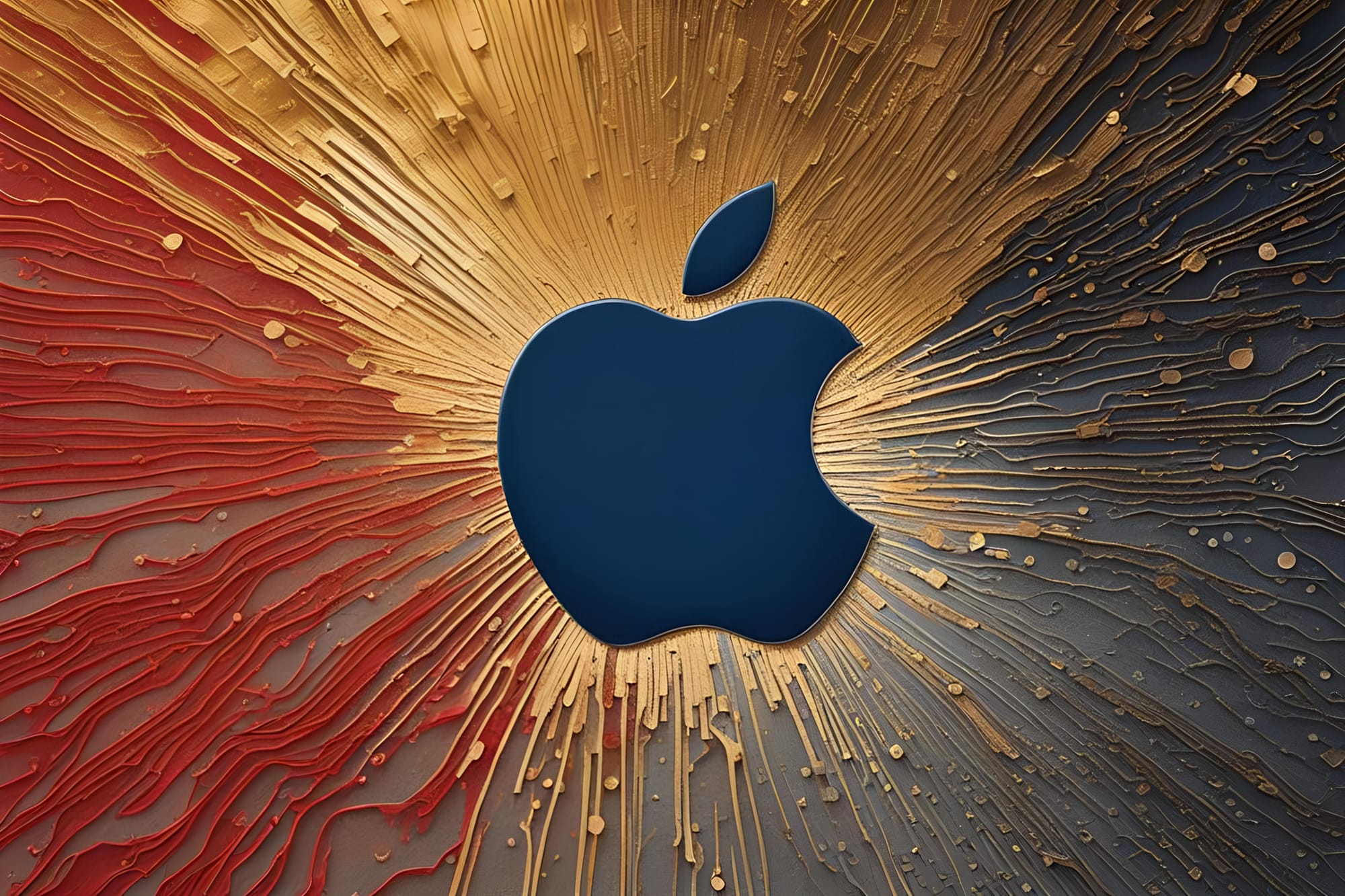


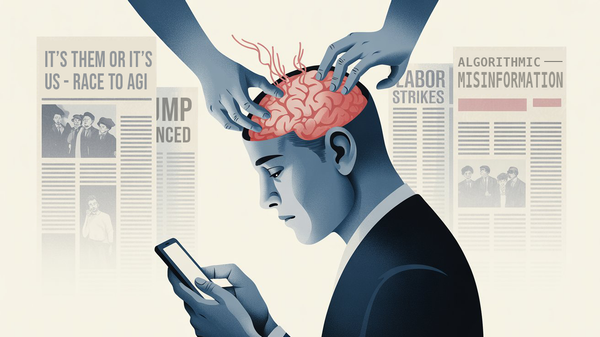
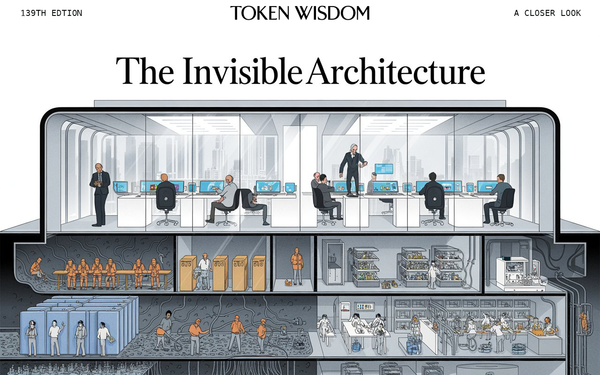
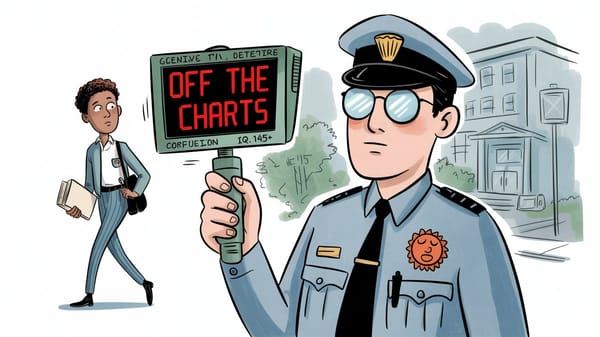

Member discussion